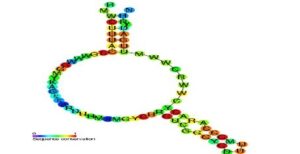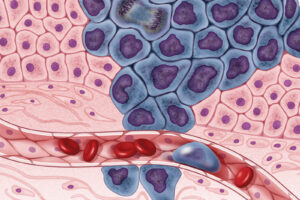
Figure 1: Insect microbiomes offer a promising source for the discovery of antimicrobial compounds. Depicted is a leaf-cutter ant coated in a white sheen made up of bacteria of the genus Pseudonocardia. The bacteria protect the fungus consumed by the ants from parasitic invasion, and the chemical compounds they secrete to impede parasitic growth hold vast implications for novel antimicrobial drugs in the healthcare field. [1]
The use of antibiotics has become a double-edged sword in modern medicine. Stopping the infection of pathogenic microbes comes at the risk of creating resistance to these antibiotic compounds. In 2017, the World Health Organization published a list of bacteria that have become resistant to multiple commonly prescribed antibiotics and which pose a substantial threat to public health.2 The existence of multidrug-resistant microbes, more commonly known as ‘superbugs’, highlights the urgency to discover new antimicrobials.
Last year, researchers at University of Wisconsin-Madison revealed the potential of Streptomyces, a genus of bacteria found naturally in the microbiomes of some insects, as a source for novel antimicrobials.3 Streptomyces isolated from the fungus-growing ant Cyphomyrmex has been found to produce an antifungal compound known as cyphomycin.3 In nature, cyphomycin serves to protect the fungus that the ants consume from the microfungal parasite Escovopsis.3 Furthermore, when isolated cyphomycin was tested in vivo against human pathogens grown in a mouse model, the growth of multiple antibiotic-resistant fungi, including a strain of C.auris resistant to echinocandin, triazole, and amphotericin B.3 This finding demonstrates the opportunity to look within nature to resolve problems plaguing contemporary public health.
Ants are not the only insects that have endosymbiotic relationships with the microbial world; it has also been noted that Southern Pine Beetles have mutualistic relationships with bacteria holding antifungal properties.4 The sheer diversity of insect-microbe ecology provides for an unconventional reservoir of antimicrobials to aid in the fight against superbugs.
Finding alternative solutions for combatting emerging infectious diseases lies in novel antimicrobial discovery. Understanding the relationships between insects and microbes offers hope for overcoming the healthcare crises of the future.
References
[1] Poulsen, M., Cafaro, M. J., Erhardt, D. P., Little, A. E. F., Gerardo, N. M., Tebbets, B., … Currie, C. R. (2010, August). Variation in Pseudonocardia antibiotic defence helps govern parasite-induced morbidity in Acromyrmex leaf-cutting ants. Environ Microbiol Rep, 2(4), 534–540. Retrieved from: doi:10.1111/j.1758-2229.2009.00098.x.
[2] WHO publishes list of bacteria for which new antibiotics are urgently needed. (2017, February 27). World Health Organization. Retrieved from https://www.who.int/news-room/detail/27-02-2017-who-publishes-list-of-bacteria-for-which-new-antibiotics-are-urgently-needed
[3] Chevrette, M. G., Carlson, C. M., Ortega, H. E., Thomas, C., Ananiev, G. E., Barns, K. J., … Currie, C. R. (2019, January 31). The Antimicrobial Potential of Streptomyces From Insect Microbiomes. Nat Commun,10(1), 516. Retrieved from doi: 10.1038/s41467-019-08438-0.
[4] Jarrod J. Scott, D.-C., Yuceer, M. C., Klepzig, K. D., Clardy, J., & Currie, C. R. (2008, October 3). Bacterial Protection of Beetle-Fungus Mutualism. Science, 322(5898), 63. Retrieved from doi: 10.1126/science.1160423
Related Posts
The Editors: Renaissance of the Retron
Figure 1: Predicted secondary structure and sequence of a retron...
Read MoreSingle Cell RNA Sequencing Enhances Understanding of Tumor Genetic Diversity
Figure 1: Researchers have shown that tumor cells are a...
Read MoreTargeting crucial molecules used by coronaviruses to infect cells may lead to a broader antiviral treatment
Figure 1: Researchers have identified crucial molecules utilized by the...
Read MoreTimmy Davenport



